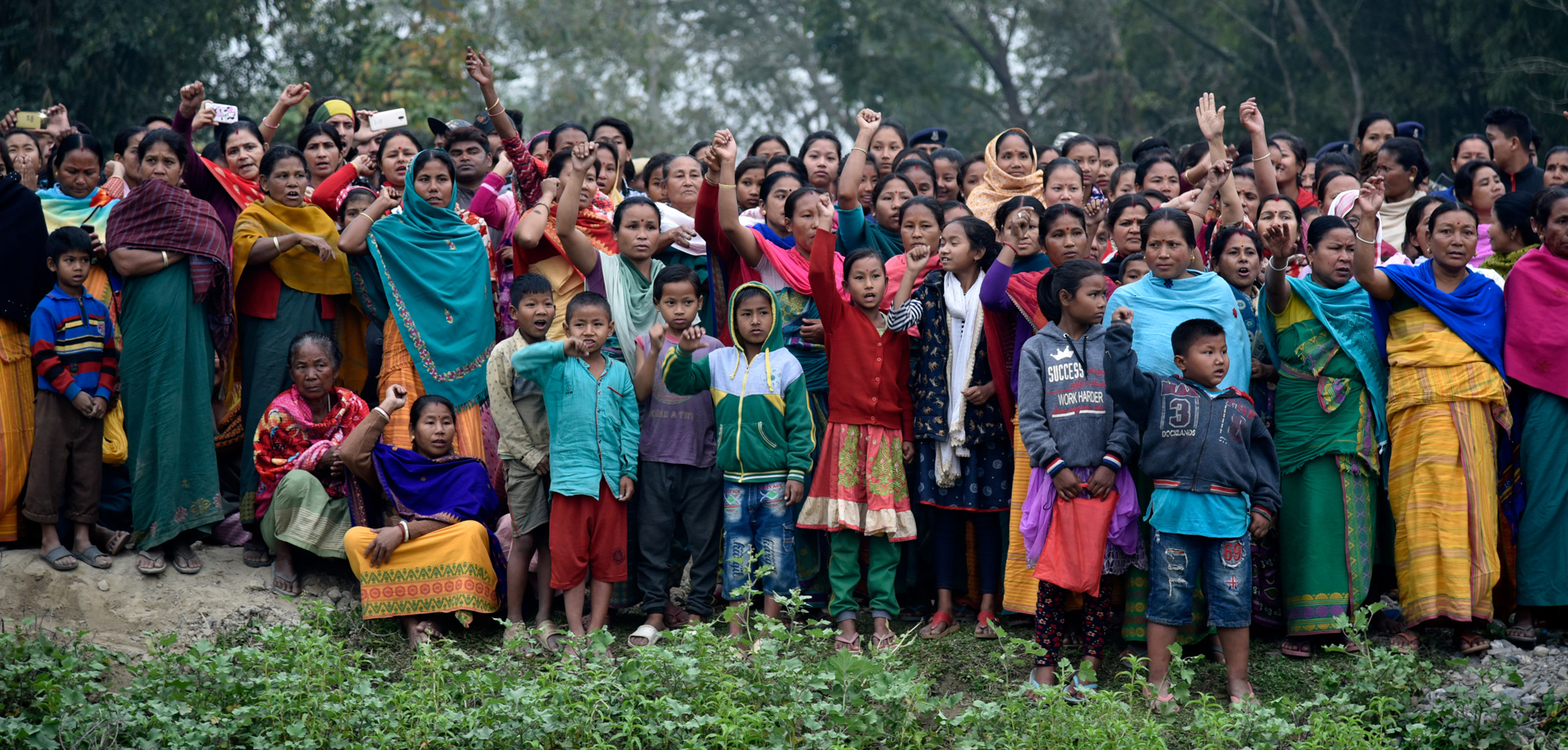
Education
Cultural Relevance:
• Incorporate traditional knowledge and practices into the curriculum. Highlight the importance of preserving and celebrating cultural heritage.
• Use local languages to make the content more accessible. If there are multiple dialects, consider creating materials in various languages.
Community Involvement:
• Involve community members in the development of educational content. Their input ensures that the material is culturally sensitive and relevant to local needs.
• Create content that reflects the community's values, customs, and daily life.
Practical and Life Skills:
• Develop content that focuses on practical skills relevant to daily life, agriculture, sustainable practices, and local trades.
• Include lessons on health and hygiene, environmental sustainability, and community development.
Storytelling and Oral Tradition:
• Utilize storytelling as a powerful educational tool. Create educational materials that incorporate traditional stories, legends, and oral histories.
• Encourage students to share their own stories and experiences, fostering a sense of identity and community.
STEM Education:
• Integrate science, technology, engineering, and mathematics (STEM) education into the curriculum, relating it to local contexts.
• Highlight the connection between traditional knowledge and modern scientific principles.
Customized Learning Materials:
• Develop materials that are visually engaging and culturally relevant. This may include illustrations, multimedia, and hands-on activities.
• Consider the varying learning styles within the community and create materials that cater to these differences.
Community Empowerment:
• Integrate content that promotes community development, self-governance, and sustainable practices.
• Include information on rights, legal frameworks, and avenues for community members to advocate for themselves.
